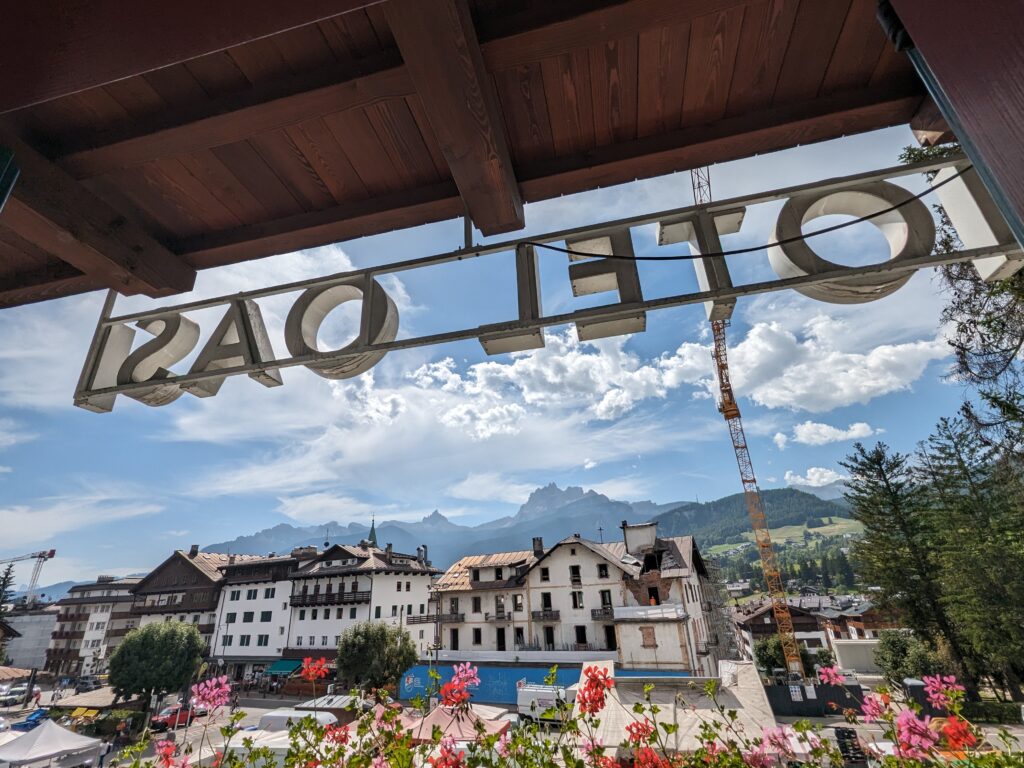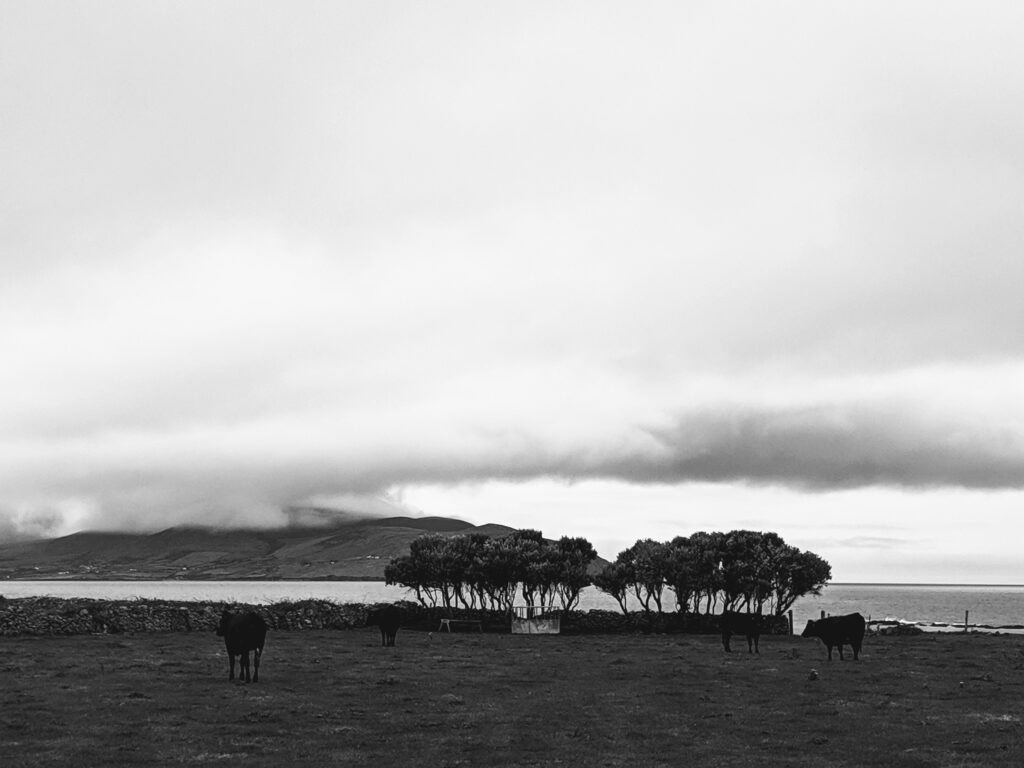IRELAND

Rolling green hills, charming villages, and ancient castles—Ireland is a storybook come to life. Whether you’re sipping pints in lively Dublin pubs or road-tripping along the breathtaking Wild Atlantic Way, there’s magic waiting around every corner. If you’re craving rich history, dramatic landscapes, and the friendliest locals you’ll ever meet, Ireland might just be your perfect next escape.
Know Before
You Go


Language & Communication
The two official languages of Ireland are English and Irish (Gaeilge) but English is spoken everywhere.
- Irish is mostly used on signs, in schools, and in certain regions (called Gaeltacht), but you won’t need it to get around.
- People are friendly and love to chat, especially in pubs—don’t be shy!
- A smile and a “Thanks a million” or “Cheers!” will go a long way.
Currency & Money Matters
Ireland uses the Euro. ATMs are widely available in cities and towns, and credit/debit cards are accepted nearly everywhere, even at small pubs and cafes.
Tipping isn’t mandatory, but it’s appreciated—10% in restaurants is standard if service isn’t included.
Some rural areas or small shops might be cash-only, so it’s smart to carry a little cash.
Contactless payments (like Apple Pay and Google Pay) are common and work smoothly.
Packing Must Knows
Ireland’s weather can be famously unpredictable – locals joke that you can experience all four seasons in a single day.
Bring a waterproof jacket, comfortable walking shoes, and layers that you can take on and off easily.
An umbrella is handy, but wind can be intense, so a packable rain jacket is better.
Don’t forget UK/Ireland plug adapters (Type G) and check your electronics for 230V compatibility.
Even in summer, evenings can be chilly—a light sweater or fleece is essential.
Best Time to Visit
Ireland is beautiful year-round, but the best time to visit is typically late spring through early fall (May – September). This is when you’ll get the mildest weather, the greenest landscapes, and the most daylight hours for exploring.
Summer (June–August) is the busiest (and priciest) season, especially in places like Dublin and the Cliffs of Moher.
May and September are ideal shoulder months—less crowded but still pleasant.
Expect rain at any time, no matter the season—pack accordingly!
Visa & Entry Requirements
If you’re from the U.S., Canada, Australia, New Zealand, or an EU/EEA country, you can enter visa-free for up to 90 days.
A valid passport is required, and it should be good for at least six months beyond your planned departure date.
If you’re from a country that requires a visa, you must apply in advance through the Irish Naturalisation and Immigration Service (INIS).
Ireland is not part of the Schengen Area, so time spent here doesn’t count toward a Schengen visa stay.
Highlights
- The Book of Kells / Trinity College
- Guinness Storehouse
- Cliffs of Moher
- Goleen / Mizen Head
- Dingle Peninsula
- Blarney Castle & Gardens
- Driving the Conor Pass
The Road Trip

10 Days
2 Flights
1 Bus
700 Miles Driven
12 Castles Visited
All the Guinness
Unlimited Memories
Follow along on Instagram






